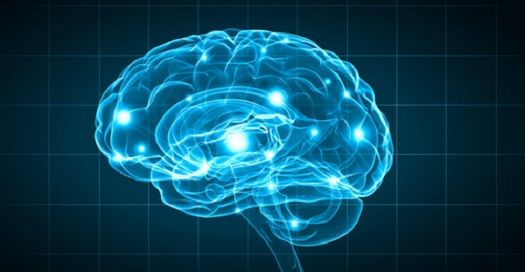Article
Brain Volume Is Smaller in ADHD
Author(s):
Researchers conclude that ADHD is a brain development disorder.

In an international study, researchers in the Netherlands found that MRI scans showed that people diagnosed with attention deficit hyperactivity disorder (ADHD) have slightly smaller overall brain volume than people without ADHD.
Writing in The Lancet, Martine Hoogman, Radboud University Medical Center, Nikmegen, NL and colleagues said, "These differences are very small--in the range of a few percent--so the unprecedented size of our study was crucuial to help identify these."
The team looked at brain volume in more than 3,200 people of whom 1,713 had ADHD and the rest did not. Ages ranged from 4 to 63 years.
In addition to smaller overall brain volume, there were differences in the size of seven brain regions. Those are the pallidum, thalamus, caudate nucleus, putamen, nucleus accumbens, amygdala, and hippocampus.
Research has already shown that the caudate nucleus and putamen are linked to ADHD, but not the other brain regions found by Hoogman.
The researchers hypothesize that the amygdala is assocated with ADHD through its role in regulating emotion, and the nucleus accumbens may be associated with the motivation and emotional problems in ADHD via its role in reward processing.
The hippocampus' role in ADHD might act through its involvement in motivation and emotion.
Children with ADHD showed the most prominent differences compared to peers without ADHD, Hoogman said.
Most of the people with ADHD (455 patients) were not taking psychostimulant medication though 637 subjects told researchers they had taken it at some point. The presence or absence of medication use did not have an impact on the size differences.
"The results from our study confirm that people with ADHD have differences in their brain structure and suggest that ADHD is a disorder of the brain," Hoogman said. "We hope that this will help to reduce the stigma that ADHD is 'just a label' for difficult children or caused by poor parenting."
Commenting on the study in the journal, Jonathan Posner of Columbia Univeristy said the numbers in the study made it "well powered to detect small effect sizes" and that it provides "robust evidence to support the notion of ADHD as a brain disorder with substantial effects on the volumes of subcortical nuclei."
What to do with these findings? Posner said it will take future meta- and mega-analyses to investigate medication effects as well as the developmental course of these differences in brain volume.





